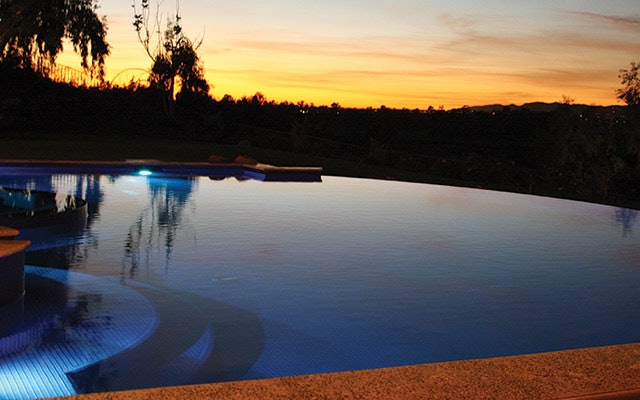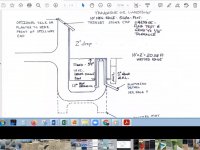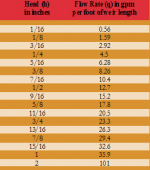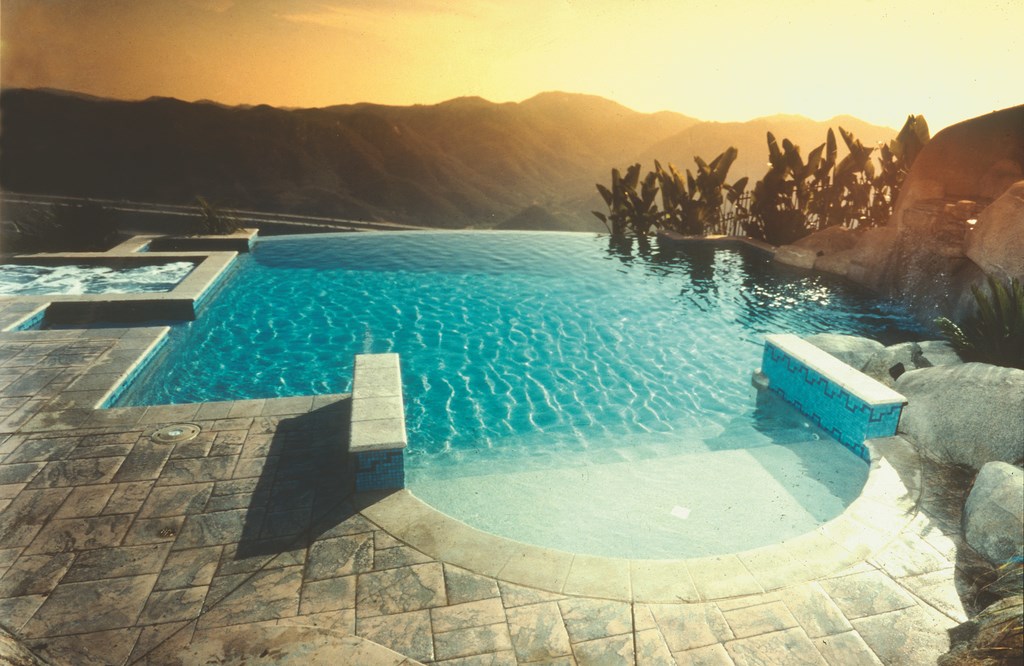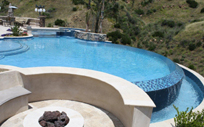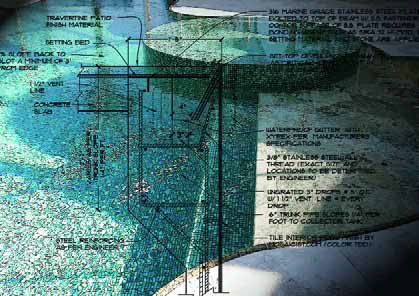We have a perimeter overflow pool that was finalized at the tail end of last pool season, thus we have had limited time to use it. The pool is designed with a 360 degree perimeter overflow. As such the water is designed to flow over a ledge into a trough under the pool deck around the pool.
In the limited time last year, the overflow feature did not function as it had been advertised as the pump would not draw and reservoir would drain out during operation. This would appear to be due to an insufficient sizing of the reservoir (surge tank or balancing tank) that supplies the overflow feature. Nonetheless the pool builder contends it is sized correctly.
I am wondering if anyone can point me to any sort of authoritative source regarding the calculations for sizing this tank?
In the limited time last year, the overflow feature did not function as it had been advertised as the pump would not draw and reservoir would drain out during operation. This would appear to be due to an insufficient sizing of the reservoir (surge tank or balancing tank) that supplies the overflow feature. Nonetheless the pool builder contends it is sized correctly.
I am wondering if anyone can point me to any sort of authoritative source regarding the calculations for sizing this tank?



